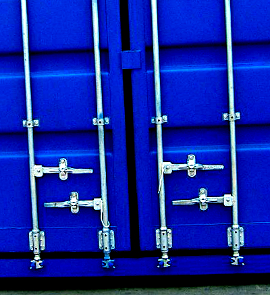Dock fight over 'bots and pay

A widespread dockworkers’ strike this week impacted shipping across the US East and Gulf Coasts.
The International Longshoremen’s Association (ILA) took action against the United States Maritime Alliance (USMX) after the union accused USMX of violating its contract by introducing automation at some ports. The workers also wanted to be paid more.
The union says the industrial action has ended after dockworkers and port operators reached a tentative agreement on wages. It is unclear what action may have been taken to reduce the threat of automation.
The strike, which involved 45,000 workers at 36 ports from Texas to Maine, halted shipping for three days.
Both sides have agreed to return to the bargaining table to resolve other outstanding issues before January 15, when the current deal expires.
It is considered the first significant strike at US East and Gulf Coast ports since 1977, and its economic implications were severe.
Australia’s maritime workers’ unions declared steadfast solidarity with the ILA this week, with Maritime Union of Australia (MUA) nation secretary Paddy Crumlin declaring; “The ILA’s fight is the MUA's fight”, and that local unions had a “commitment to our comrades in the ILA as the dockers they represent”.
Financial analysts had estimated the strike could cost the US economy up to US$5 billion daily, causing significant concerns about supply chain disruptions.
The agreement, brokered between the ILA and the USMX includes a wage increase of 62 per cent, according to Reuters.
The walkout was suspended following the deal, and work resumed immediately.
The Biden administration played an active role in encouraging both parties to reach a resolution.
“Collective bargaining works, and it is critical to building a stronger economy from the middle out and the bottom up,” President Biden remarked. Neither the leader of the USMX nor the ILA are fans of the current US president.
The strike emerged amid long-standing tensions between the union and port operators over automation at the ports.
Automation threatens to reduce the need for human labour, sparking fears of job losses among dockworkers.
The union’s opposition to automation remains a significant point of contention in ongoing negotiations.
Advances in port technology, particularly in China, which is developing fully automated container terminals, have raised concerns that similar changes could occur in the US, resulting in large-scale job losses.
Despite this, port operators view automation as a way to improve efficiency and reduce costs.
While the immediate economic crisis has been averted with the strike's end, long-term issues remain unresolved.
As negotiations resume, the threat of automation will remain a key factor in determining the future of port operations in the US.
A demonstration of the looming technological threat can be seen below.








 Print
Print